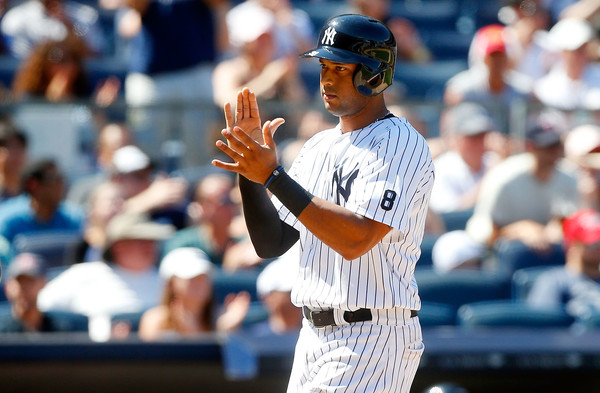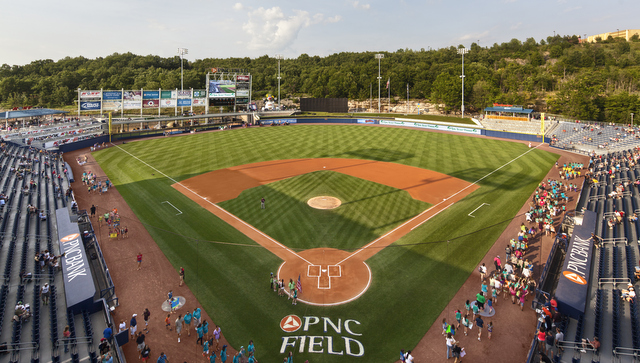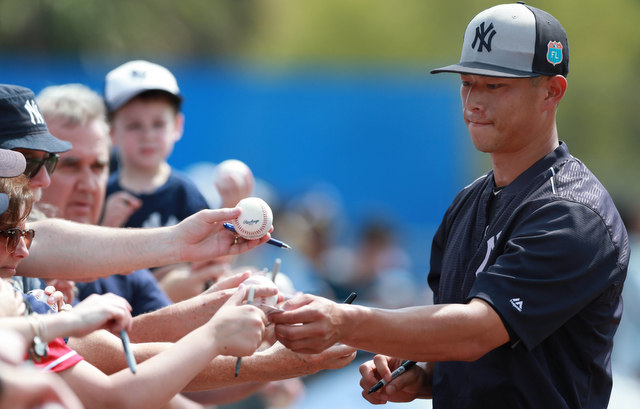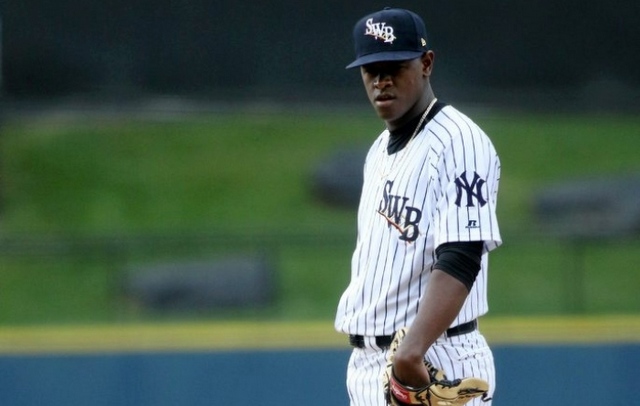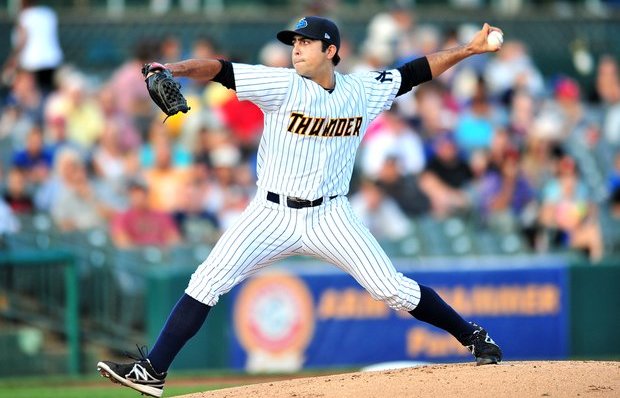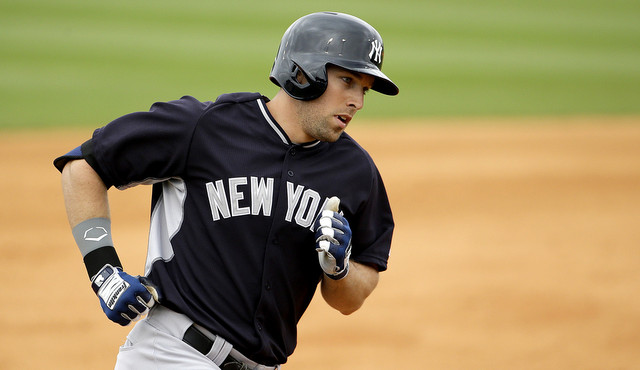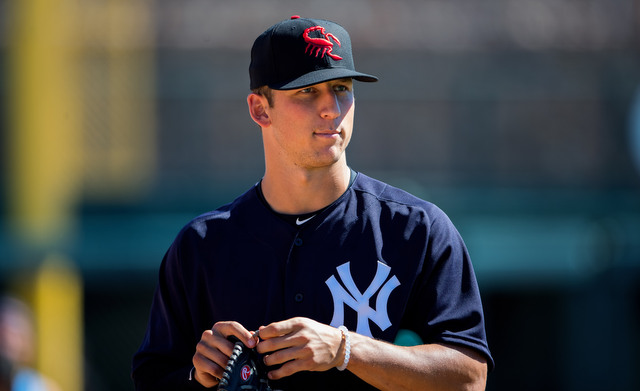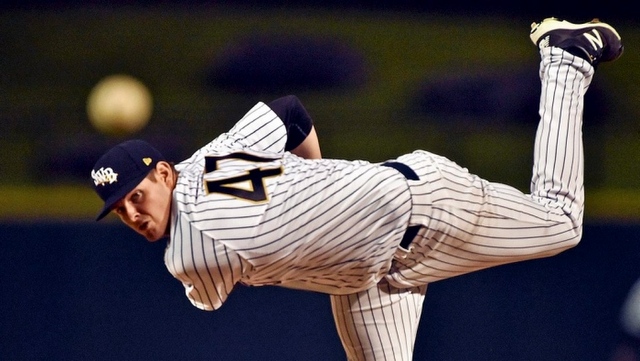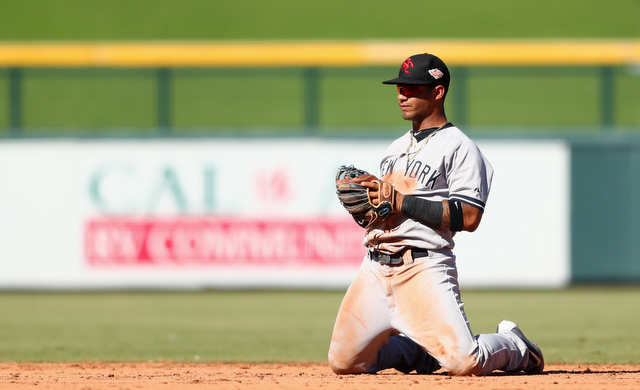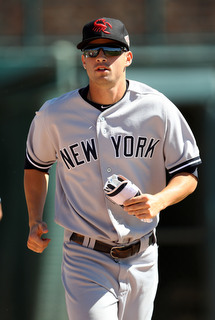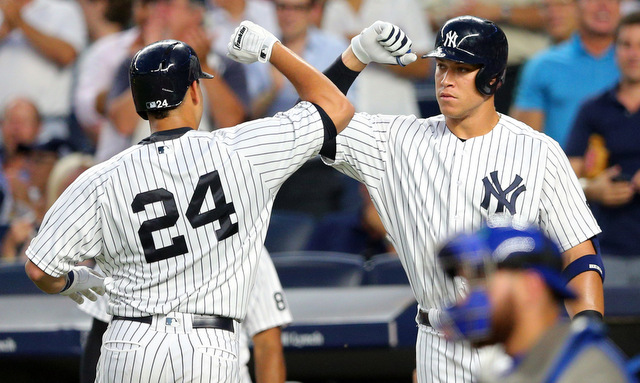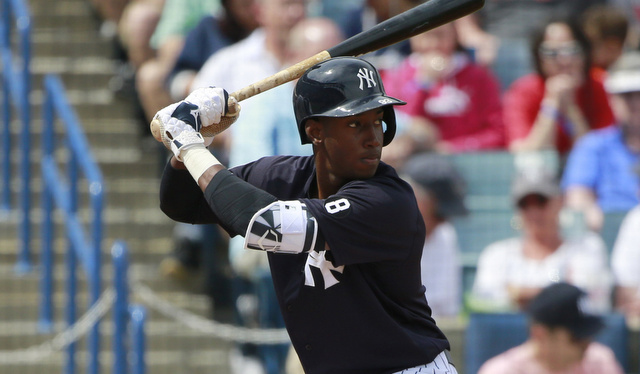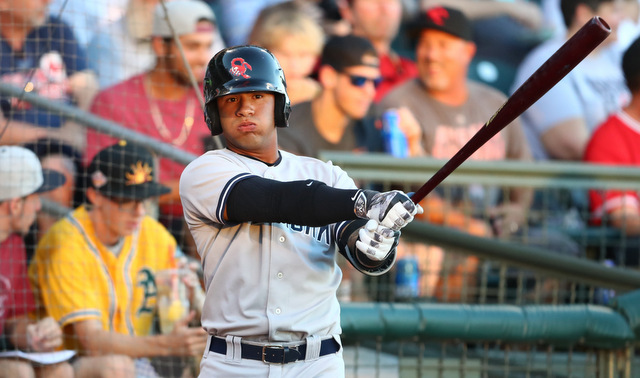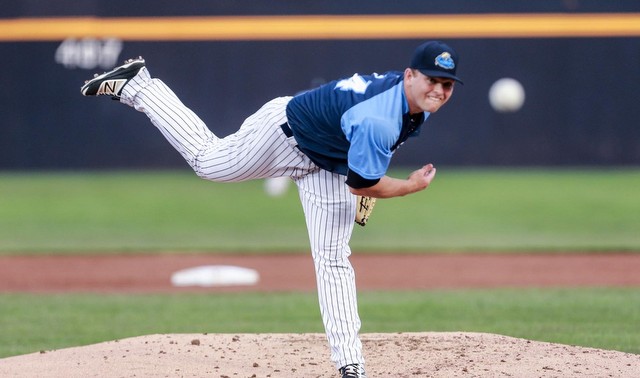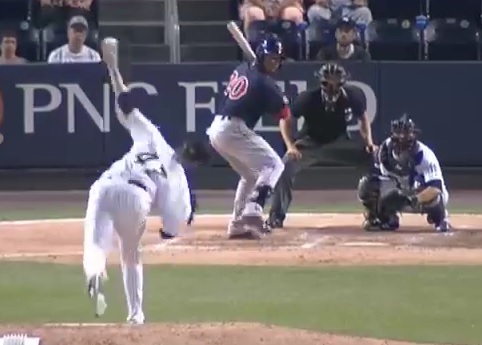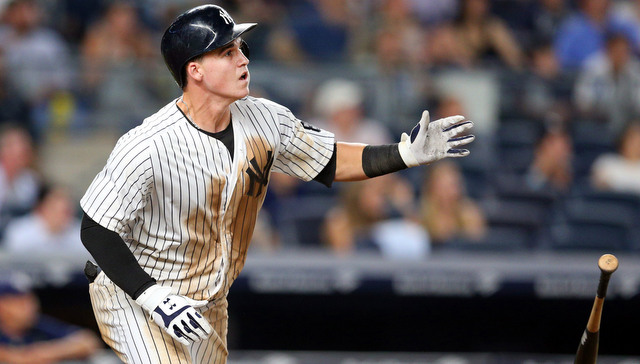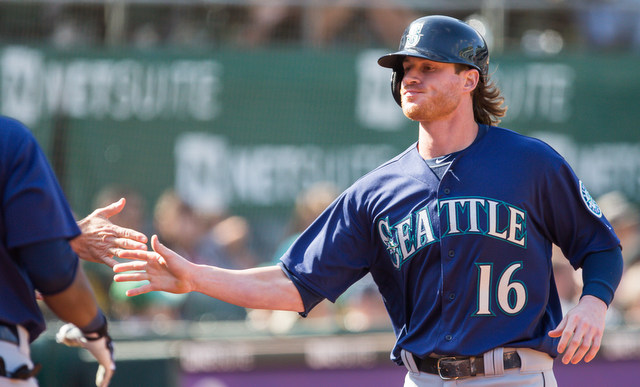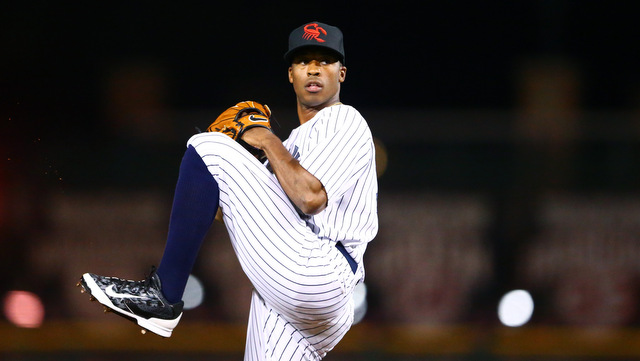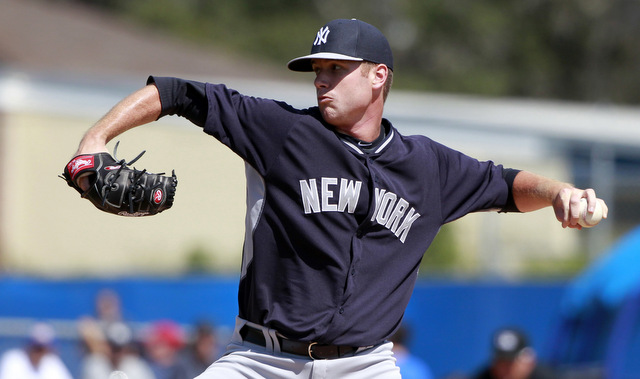Jordan Montgomery started and looked very good, allowing two runs on three hits in 4.1 innings. The first run scored after Judge missed a diving catch and turned a single into a triple, and the second run was an inherited runner allowed to score by the bullpen. Montgomery struck out eight and I assume he really helped his Opening Day roster spot case. Here are the box score and video highlights, and here are the rest of the news from Tampa:
- Brendan Kuty has the day’s pitching assignments and hitting groups. Starlin Castro worked out at shortstop, as expected, and Matt Holliday took grounders at third (with a first baseman’s mitt). I wouldn’t read anything into that. Players mess around at different positions all throughout camp.
- Shane Hennigan has the day’s minor league lineups. Jorge Mateo played center field at some point today, which apparently he’s done a few times already. Also, hitting coach Alan Cockrell said he’s working with Mateo to make some swing changes. Farm system head Gary Denbo hinted at some offensive adjustments recently. [Kuty]
- Chris Carter has been working on some mechanical tweaks to help him make more contact. “I think the biggest thing is just my lower half … I was always a little more handy. I’m trying to incorporate it a little more and feel like I have a little bit of a better base up there,” he said. [Kuty]
- Jake Cave will start the season on the minor league disabled list. He had arthroscopic surgery on his left knee recently, Denbo confirmed. No idea how long he’ll be out. Cave was going to have a hard time getting at-bats in Triple-A anyway. [Hennigan]
- The Yankees will be at home to take on the Phillies tomorrow. I believe CC Sabathia is starting. That game will be on YES and MLB.tv.
Here is tonight’s open thread. The Knicks, Nets, and Devils are all in action, plus March Madness resumes. ESPN has the Dodgers and Rangers right now, and MLB Network is showing a Spring Training game on tape delay later tonight. Talk about those games or anything else right here, as long as it’s not religion or politics.
